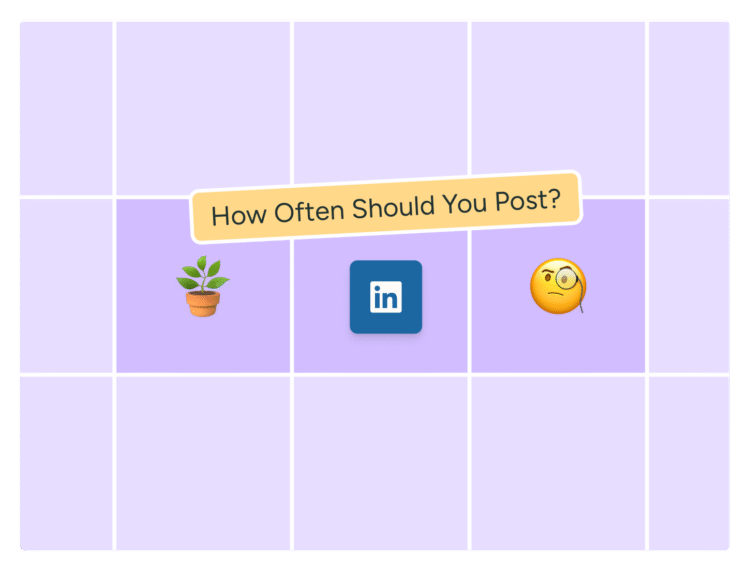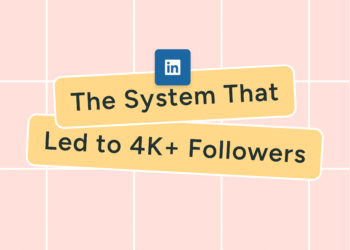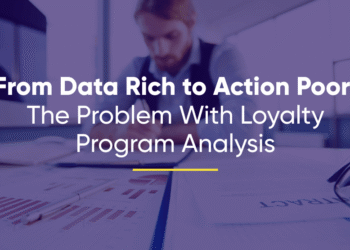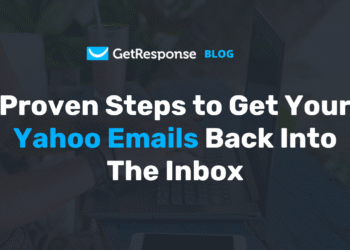Posting more often definitely helps you grow on LinkedIn. The research has shown it, and I’ve experienced it myself. But, how much more?
I’ve grown my account to nearly 20,000 followers with different experimental approaches to posting, from 30-day consistency challenges to skipping entire weeks. Meanwhile, my colleague Sabreen has crossed 17,000 by posting every single day for the past year.
These varied approaches are common. Some creators swear by posting once a week. Others insist on posting daily — or even multiple times a day. With so much conflicting advice, it’s hard to know who’s actually right.
So we teamed up with Buffer’s data scientist, Julian Winternheimer, to dig into over 2 million posts from 94,000+ LinkedIn accounts. Our goal: to figure out how posting frequency really impacts reach and engagement on LinkedIn — and whether you can post too much.
If you’ve only been guessing at your LinkedIn cadence till now, this is for you.
How often should you post on LinkedIn?
🚀 According to our findings, moving from 1 post a week to 2 to 5 is like flipping a switch — LinkedIn starts distributing your content more widely and rewarding you with stronger per-post performance.
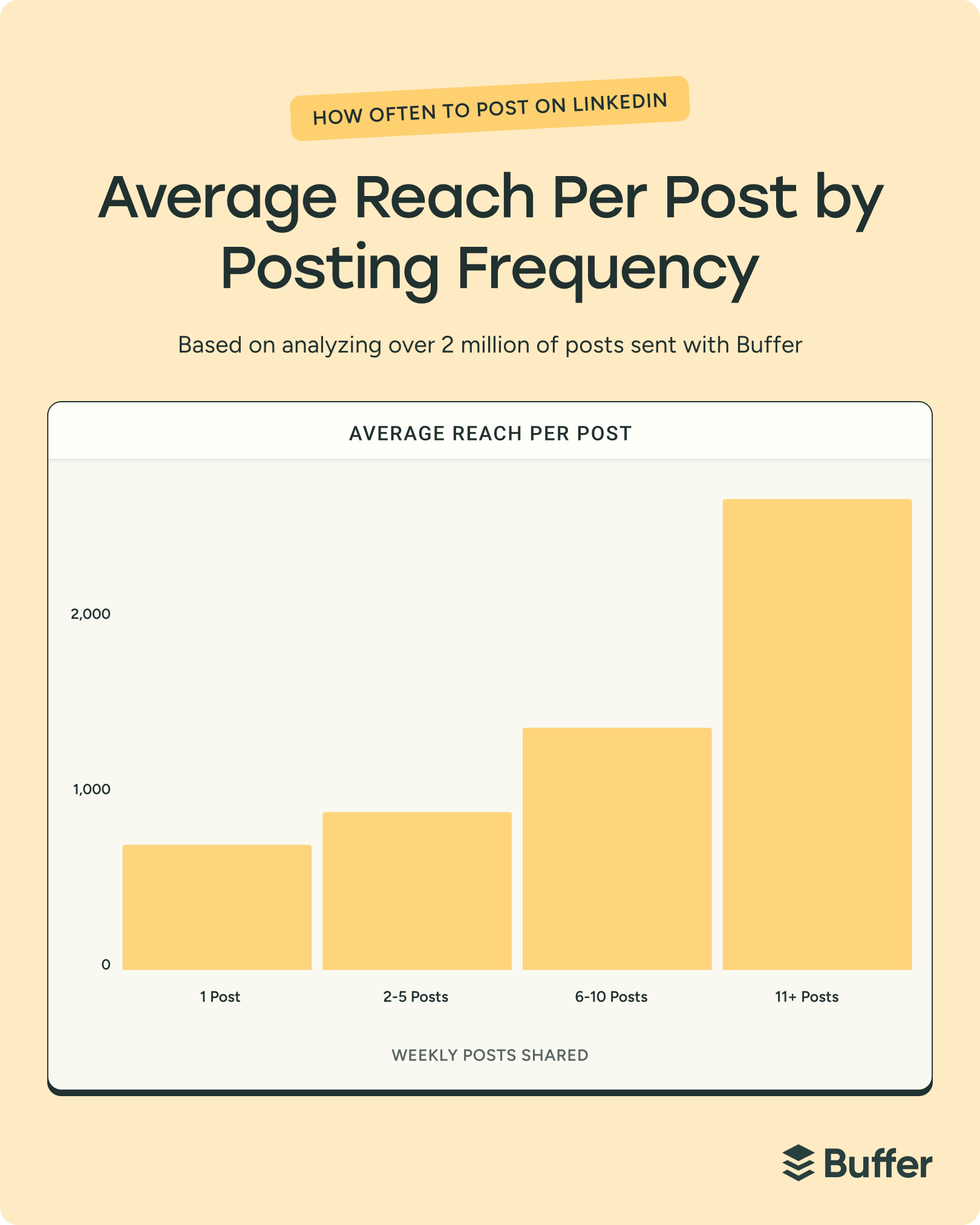
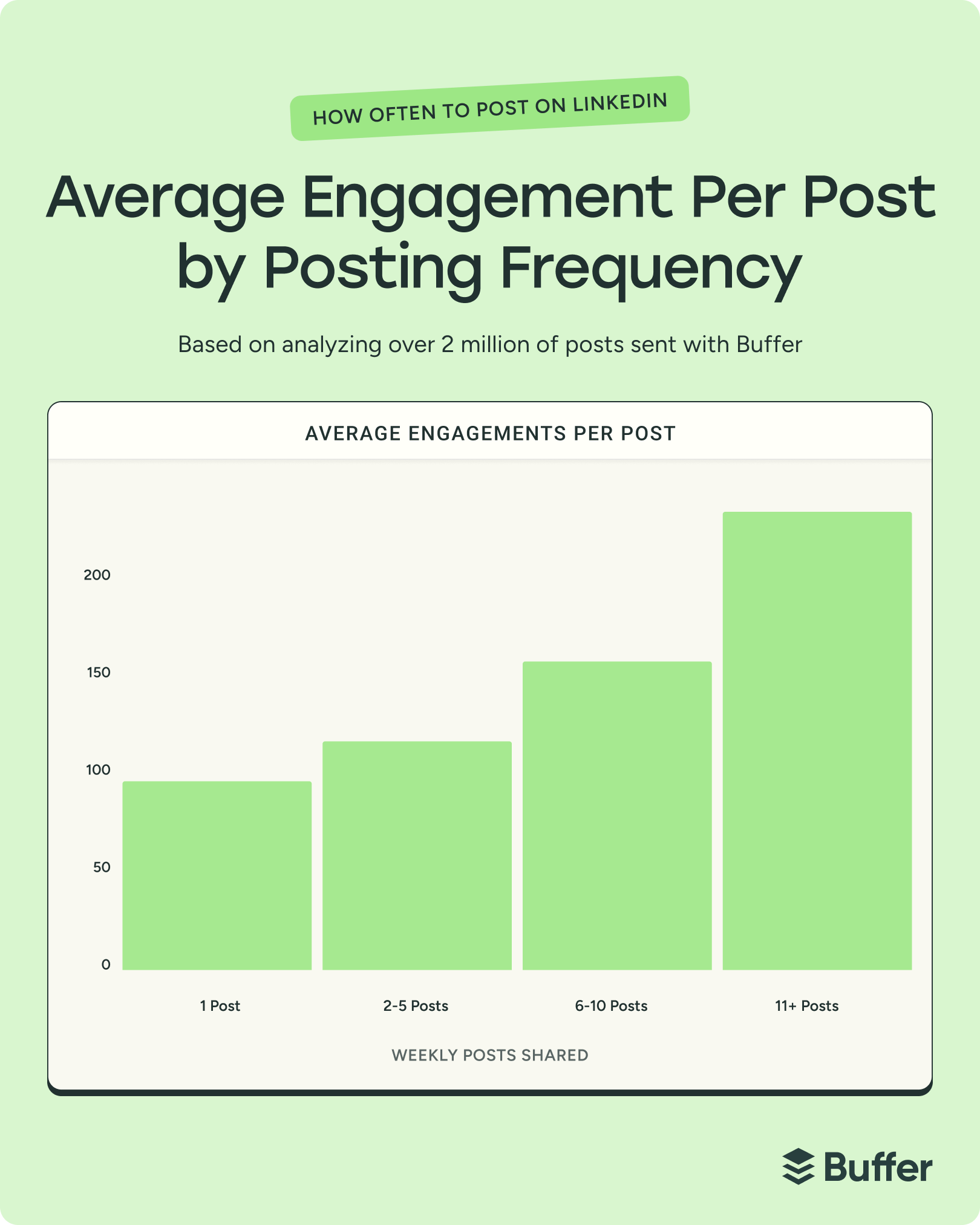
L: 👉 More posts spark more conversations. Accounts posting 11+ times weekly see nearly triple the engagements per post compared to once-a-week posters. R: 👉 The more often you post, the further each post travels. Reach per post climbs steadily, with the sharpest jump once you cross into 6–10 and 11+ posts per week.
Our data shows that posting 2 to 5 times weekly on LinkedIn is the sweet spot for improving reach and engagement without overwhelming your schedule.
This cadence can mean +1,182 more impressions per post and a 0.23 percentage point lift in engagement rate compared to posting just once a week.
Julian also adds that, if you can sustain it, posting more is almost always better, not only in terms of total engagement, but engagement per post as well.
📈 Posting 6 to 10 times weekly pushes the gains further with +5,001 more impressions per post and a 0.76 percentage point increase in engagement rate.
⚡ At 11+ posts per week, the lift is dramatic with nearly 17,000 more impressions per post, 3x more engagements, and a 1.4 percentage point jump in engagement rate compared to posting just once.
One post a week isn’t enough. It keeps you active, but leaves growth on the table.
What’s more, these results are consistent no matter your audience size. Whether you’ve got 500 followers or 50,000, posting more often makes every single post work harder.
Our recommendations in a nutshell:
- 🪴 Grow your audience in a sustainable way: 2 to 5 posts per week
- 🚀 Accelerate reach and engagement: 6 to 10 posts per week
- 📈 Maximize growth (if you can maintain quality): 11+ posts per week
The study: How posting frequency affects growth on LinkedIn
Buffer’s data scientist, Julian Winternheimer, analyzed more than 2 million LinkedIn posts from 94,000+ accounts to understand how posting frequency really impacts performance.
In this analysis, instead of looking only at totals (which can be misleading), he focused on three per-post metrics:
- Impressions per post — how many people saw each post on average
- Engagements per post — likes, comments, and shares per post
- Engagement rate per post — the percentage of viewers who interacted
This addresses a common pain point at its root — when the same account posts more often, do their posts actually perform better?
To make sure the results weren’t skewed by account size or niche, he used two different approaches:
- Z-score analysis: Compared each account’s high- and low-frequency weeks against its own average.
- Fixed effects regression: Controlled for account-level differences to isolate the effect of posting frequency.
This analysis covers all four major post formats (text, image, video, and carousels or document PDFs) without breaking them out individually.
Let’s get into the data.
1. Can you post too much on LinkedIn?
The short answer: no.
Our analysis shows that posting more often helps your performance on LinkedIn. Each step up in frequency delivers better per-post results, even after controlling for account size and niche.
Here’s what we found when comparing higher-frequency weeks to quieter ones for the same accounts:
- 2 to 5 posts per week: modest lift in reach (+1,182 impressions per post) and engagement rate (+0.23 percentage points).
- 6 to 10 posts per week: stronger lift (+5,001 impressions per post, +0.76 percentage points).
- 11+ posts per week: the biggest gains (+16,946 impressions per post, +1.40 percentage points, 3x more engagements).
In other words, LinkedIn doesn’t “cap” your reach or punish you for posting often. Instead, it compounds your visibility, surfacing more of your content to more people.
The myth of “posting too much” probably comes from other platforms, where algorithms can suppress frequency. On LinkedIn, the opposite is true — more posts mean more opportunities for distribution.
2. What’s the first step that really moves the needle?
Moving from posting once a week to 2 to 5 times is where performance really begins. That shift alone means:
- +1,182 more impressions per post
- +0.23 percentage points in engagement rate
It’s the point where LinkedIn’s algorithm seems to recognize you as “active” and starts rewarding your content with better distribution.
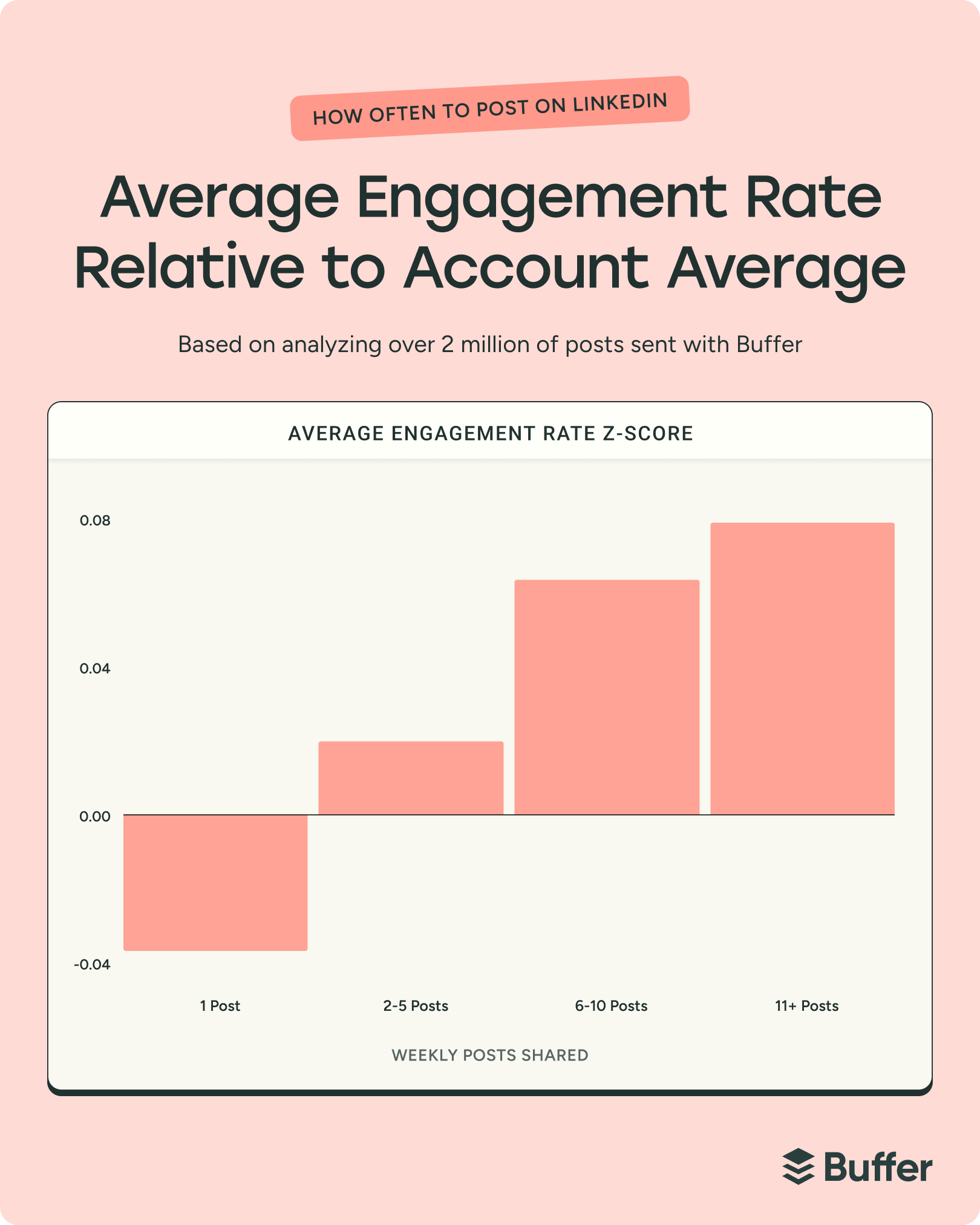
From there, each step up continues to deliver significant gains, but the curve steepens. At 6 to 10 posts per week, you see a bigger acceleration. And then 11+ posts per week is where you’ll get the biggest benefits.
For me, the best news here is that you don’t need to post daily to see meaningful improvement. Even small increases in your weekly cadence can unlock compounding gains.
So if more is better, is there ever a point where it stops paying off?
3. Does posting more always mean better results?
Posting more always helps, but the marginal payoff decreases as you climb higher. Going from 1 to 5 posts transforms your performance. Pushing from 6 to 11 posts is still worth it if you can manage the workload, but the gains are incremental rather than exponential.
Take the graph below as the source for this perspective. At first glance, engagement rates look higher at 1 post per week — but that’s misleading. Engagement only seems to dip because the frequency of posts is increasing, so the rate is spread across more content.

Going from 2 to 5 to 6 to 10 posts still delivers meaningful gains, but the growth isn’t as dramatic as that first jump.
At 11+ posts per week, you see the strongest lift, but the improvement between 6 to 10 posts and 11+ posts is even smaller than the leap from 1 post a week to 2 to 5.
💡 If you do want to post more, Julian’s recommendation is to focus on quality. “Post as often as you can — as long as the quality stays high. Low-quality content posted frequently won’t yield great results.”
This is why we see 2 to 5 posts per week emerge as the “sweet spot” for most accounts — it balances meaningful growth with a sustainable content cadence.
4. Do these results depend on your account size?
A common pushback to posting-frequency advice is: “Sure, that works for big accounts — but will it work for me?”
It’s a fair question. Larger accounts naturally get more reach and engagements, and they also tend to post more often. At first glance, it can look like the frequency effect is just a byproduct of size.
That’s why in this study, we controlled for account-level differences. Using Z-scores (which compare each account to its own baseline) and fixed effects regression (which isolates performance changes within the same account), we stripped out the variable of size to see what really happens when an account posts more often. And the results found that the pattern holds across the board.
- Small accounts with a few hundred followers saw the same relative lift when moving from 1 post to 2 to 5 as large accounts with tens of thousands.
- Bigger accounts gained more in absolute numbers, but the per-post improvements — higher reach, more engagements, stronger engagement rates — scaled consistently across the spectrum.
In other words, this isn’t just a big-brand advantage. Whether you have 500 followers or 50,000, increasing your posting frequency makes your posts perform better relative to your own average.
Frequency is a lever every creator can pull. The algorithm rewards activity and consistency, not just account size.
The best content format on LinkedIn to grow consistently
If posting more often is one part of the equation, choosing the right format for you is another.
Over the last few years, LinkedIn has transformed from a professional networking site into a true creator platform. Along the way, it’s embraced video, carousels, and new feeds designed to keep people scrolling.
- 📝 Text posts: The simplest way to show up. Easy to publish, great for building the posting habit, but the lowest median engagement overall.
- 🖼️ Images: A strong step up, generating about 72% more engagement than text posts.
- 🎥 Videos: Still a major growth lever, earning 84% more engagement than text and slightly outperforming images.
- 📑 Carousels (PDF document posts): The clear winner for engagement and reach. They spark 278% more engagement than videos, 303% more than images, and nearly 600% more than text posts. Their swipeable nature makes them interactive, saveable, and great for sharing more depth.
- 🔗 Posts with links: The one exception. They consistently see the lowest median engagement rate because they take people off the platform. When you do share links, keep them in the comments instead of the post body.
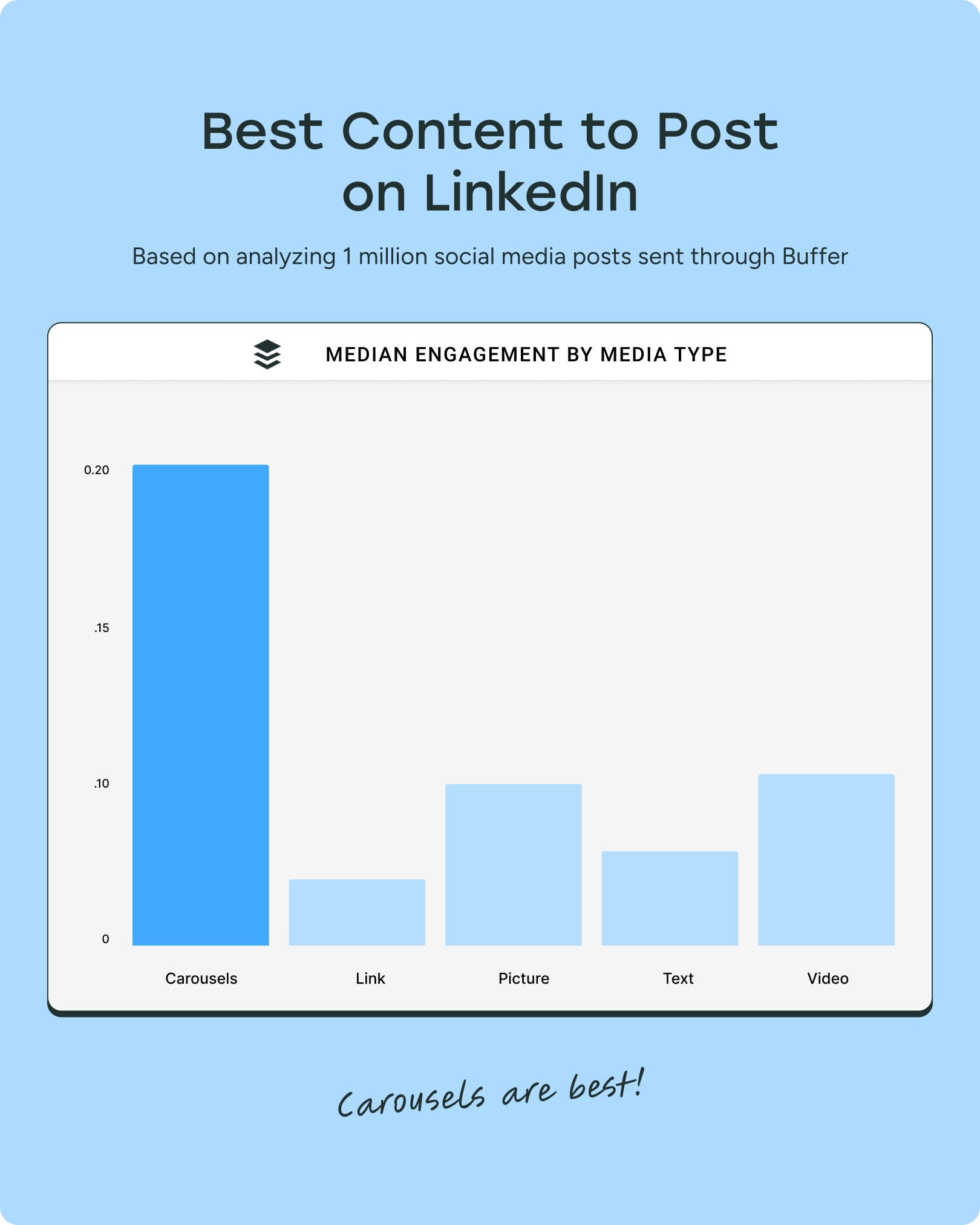
Start with the formats that help you stay consistent (text and images), then layer in video and carousels to accelerate growth. Carousels dominate in performance, but quality matters more than format — the best format is the one you can sustain with valuable content.
Turning data into your posting strategy
We now have our answer: more posts mean better per-post performance. But real life often butts heads with the best laid plans. In practice, the “ideal” posting frequency often collides with energy levels, inspiration, and the risk of burnout.
This is why your posting strategy shouldn’t exist in isolation. Start in the 2 to 5 posts a week range and focus on making that cadence a habit. From there, experiment:
- Try a month at a higher frequency and track the lift.
- Mix formats (carousels, short text posts, videos) to stretch your ideas further.
- Repurpose strong posts into different formats to keep quality high without doubling your workload.
If you can’t post as often as the top-performing tiers suggest, you can still increase your visibility by pairing posting with a strong commenting strategy.
LinkedIn recently introduced impressions for comments, meaning thoughtful, engaging comments now work like micro-posts, surfacing to people beyond your own network. This is a game-changer for staying visible without creating more original posts.
If you’re in a lighter posting week, try this:
- Post 2 to 3 times.
- Spend 10 to 15 minutes a day leaving meaningful comments on posts from your network, industry voices, or potential collaborators.
- Add perspective, context, or a unique take — not just “Great point!” — so your comments stand on their own.
Whether you’re posting 3 times or 13, sustainability should be the first priority. The fastest way to stall growth is to burn through your best ideas in a short burst and then disappear.
The goal is to build a rhythm that keeps your content sharp, your audience engaged, and you excited to show up.
Consistent posting beats short bursts any time, and on LinkedIn, every extra post is an opportunity for the algorithm to work harder for you.
Good luck!

